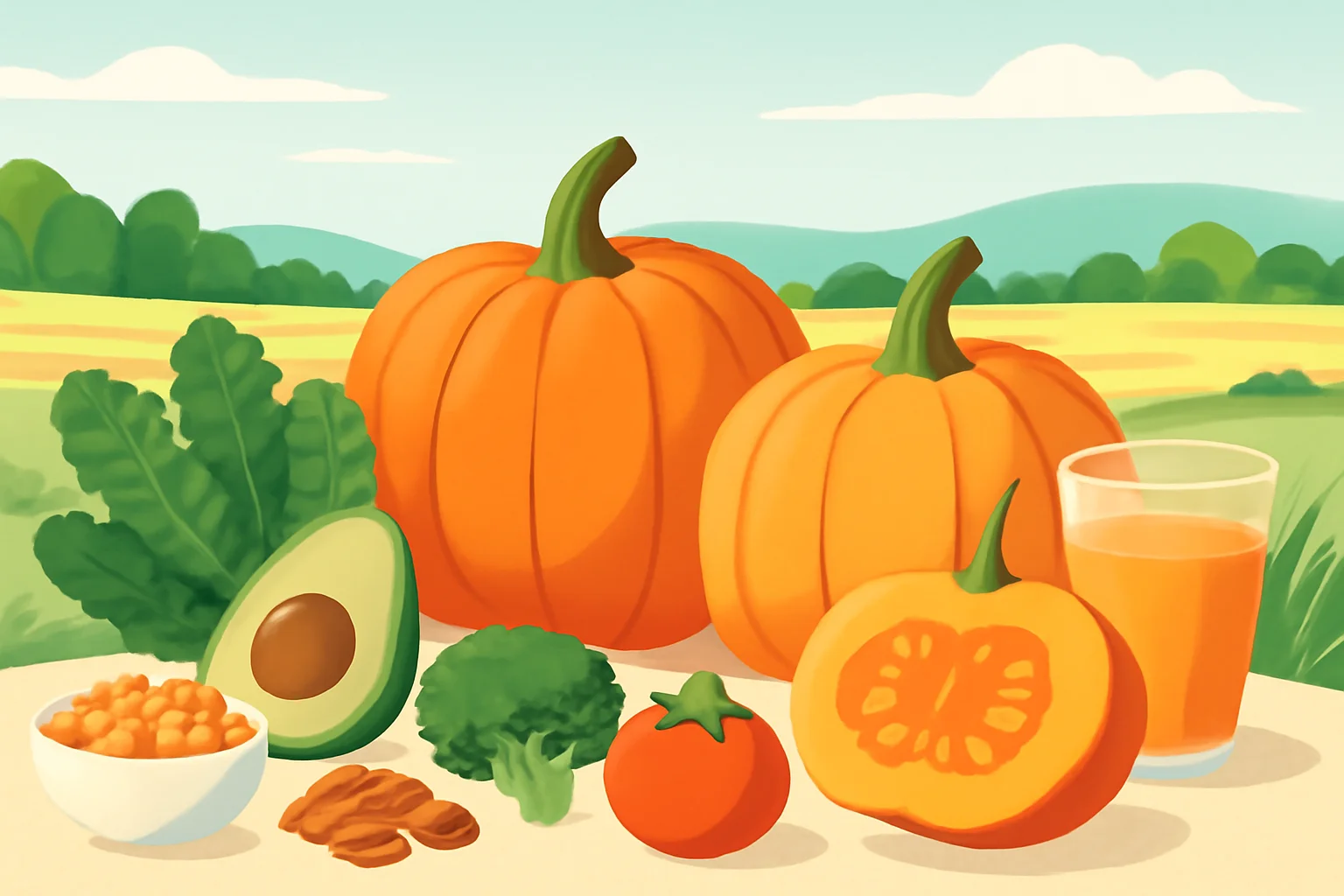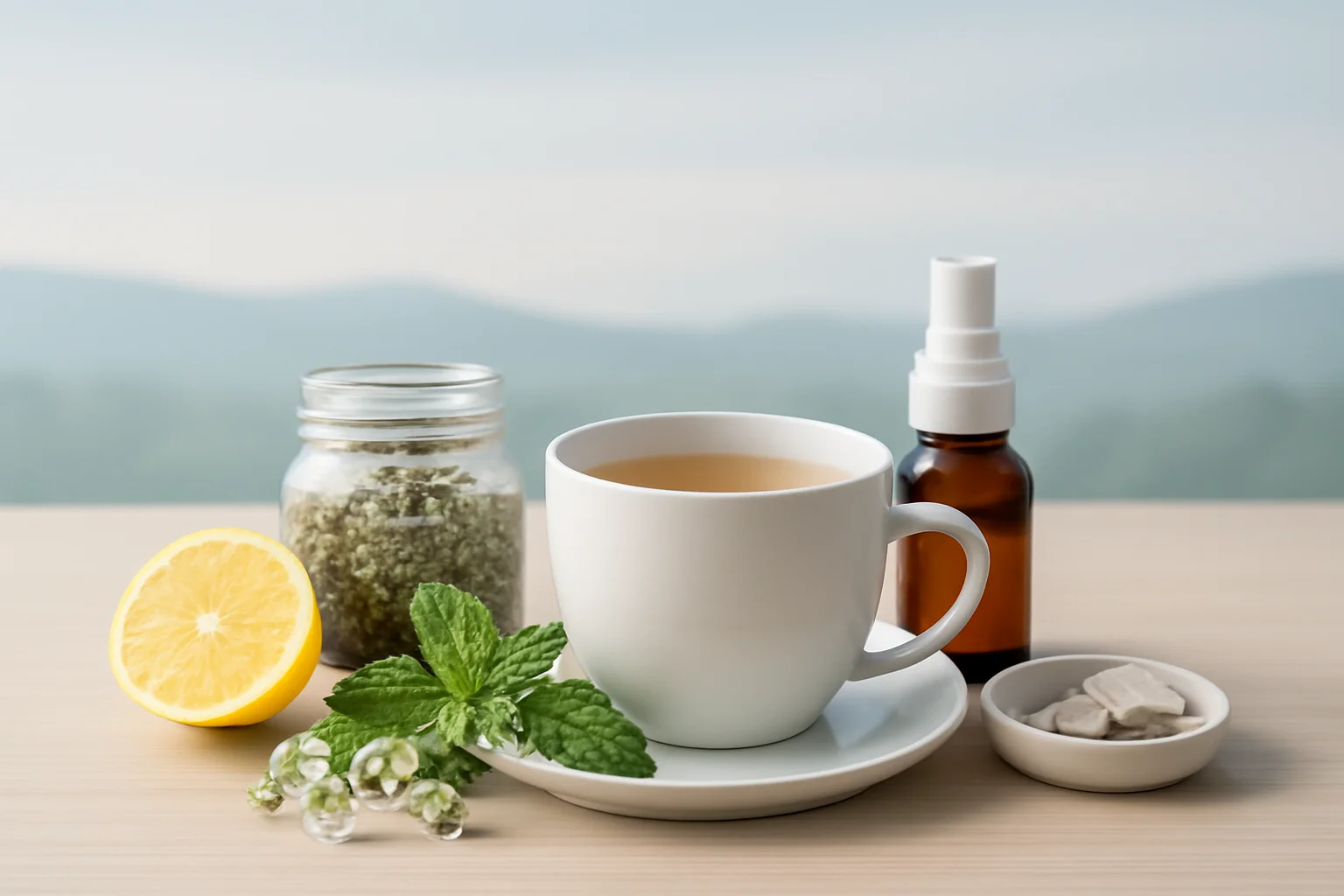
The Beneficial Effects of Cooking Pumpkin on Our Health and Kitchen
The cooking pumpkin is a versatile vegetable that has become increasingly popular in gastronomy in recent years. Not only is it delicious and nutritious, but it also has numerous health benefits that can contribute to our well-being. Among the various types of cooking pumpkins, the most common are the butternut squash and the pumpkin, which are rich sources of nutrients. We are becoming more aware of the importance of healthy eating, and incorporating cooking pumpkins into our diet can be a great way to increase our intake of vitamins and minerals. In addition, cooking pumpkins offer a variety of uses in the kitchen, as we can make soups, purées, cakes, or even main dishes from them.
The appeal of cooking pumpkins lies not only in their taste and nutritional benefits but also in their availability and versatility in preparation. They are seasonal vegetables, so it is worth taking advantage of fresh, tasty specimens during certain times of the year. Since cooking pumpkins are low in calories and high in fiber, they can be an excellent choice for those on a diet. In the following sections, we will review the health benefits of cooking pumpkins, their culinary uses, and their nutritional value, so everyone can discover this versatile vegetable.
The Nutritional Content and Health Benefits of Cooking Pumpkins
Cooking pumpkins are extremely rich in nutrients that contribute to maintaining health. Pumpkins are an excellent source of vitamins, particularly vitamins A, C, and E, as well as B vitamins. Vitamin A plays an important role in vision, skin health, and the functioning of the immune system. Vitamin C has antioxidant properties and helps boost the body’s defenses, while vitamin E contributes to the protection of cells.
In addition, cooking pumpkins are also rich in minerals such as potassium, magnesium, and iron. Potassium helps regulate blood pressure, while magnesium is important for the health of bones and muscles. Iron is essential for the formation of red blood cells and proper oxygen supply.
The fiber content of cooking pumpkins is also significant, which aids digestion and can contribute to the health of the gut flora. Fiber helps maintain a feeling of fullness, thus supporting weight loss efforts. With their low calorie content and high fiber content, cooking pumpkins can be an ideal choice for dieters.
These nutrients not only have a positive impact on our physical health but also on our mental state. A nutrient-rich diet can contribute to improving mood and reducing stress. Therefore, consuming cooking pumpkins is not only nourishing but also positively affects our well-being.
Cooking Pumpkins in the Kitchen: Delicious and Versatile Uses
Cooking pumpkins can be used in many ways in the kitchen, and we can prepare a variety of delicious dishes from them. One of the most popular methods of preparation is cooking, during which the pumpkin can be boiled until soft and then puréed. Cooked pumpkin purée can be a great base for soups, sauces, or even desserts. For example, pumpkin purée is perfect for spiced dishes and desserts like pumpkin pie.
Roasting cooking pumpkins is also a popular method of preparation. When prepared in the oven or on the grill, the flavor of the pumpkin becomes more intense and caramelizes, providing a unique taste experience. Roasted cooking pumpkins can be used in salads, side dishes, or even as a standalone meal. When seasoning, it’s worth being creative: cooking pumpkins pair well with cinnamon, nutmeg, and even paprika.
Cooking pumpkins are not only delicious when cooked or roasted but can also be eaten raw. Thinly sliced cooking pumpkins are great in vegetable salads, where their fresh taste and crunchy texture enhance the dish. Different varieties of pumpkins have different flavor profiles, so it’s worth trying several types.
The versatility of cooking pumpkins is endless, as they can be found in many cuisines around the world. In Italian cuisine, for example, pumpkin gnocchi is popular, while in Asian dishes, cooking pumpkins can appear as part of curries. Due to the harmony of sweet and savory flavors, cooking pumpkins can be incorporated into various dishes, making them an excellent choice for any meal.
Cooking Pumpkins and Seasonal Eating
Cooking pumpkins are an ideal ingredient for seasonal eating, as consuming fresh, locally grown vegetables contributes to a healthy lifestyle. Seasonal foods are not only tasty but also an environmentally friendly choice, as they can reduce transportation costs and ecological footprints.
The season for cooking pumpkins usually falls in the autumn, so it is worth taking advantage of this time to procure fresh pumpkins. Local markets and vegetable shops often offer fresh, tasty varieties that can be purchased directly from farmers. Fresh vegetables are not only tastier but also richer in nutrients, as they have not spent long periods in transport and storage.
Seasonal eating not only has a positive impact on our health but also supports local economies. By purchasing locally grown foods, we contribute to sustainable agriculture and the development of local communities. Incorporating cooking pumpkins into our diet is therefore not only a healthy choice but also a responsible decision.
Thanks to the versatile use of cooking pumpkins, we can creatively vary our diet, making it easy to incorporate them into our daily meals. By consuming seasonal foods, we become healthier and positively impact our environment.
These health benefits and culinary uses all demonstrate that cooking pumpkins are not just a delicious vegetable but can also be an important part of a healthy, varied diet.
**Note:** This article does not constitute medical advice. In case of health issues, everyone should heed their doctor’s advice.

